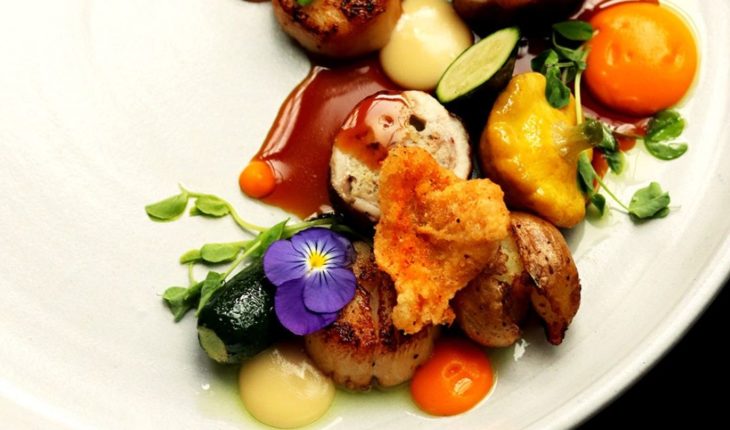To decorate a dish, few ingredients are as efficient, delicate, harmonious and natural as edible flowers. Especially in the spring, when nature gives its best colors. As is imaginable, not all flowers are suitable for consumption: in Argentina, as in the rest of the world, certain species are grown organically that, it is proven, cannot poison anyone. This is the case with begonias, queen’s tacos, thoughts, marigolds, lilacs, zucchini’s, drunken ones and so many others that, recently, the Instagram account @IngredientesAr – Project Cuisitive’s initiative to spread food from the different regions of our country- gathered in a brief but useful infographic.
The #primavera is that time of year when we marvel at the intense colors of our trees and plants in #flor. Because of this, it’s time for us to focus on a selection of flowers that are not only beautiful but also #comestibles! The use of flowers in gastronomy is not new, although in Argentina it is an unwide practice against countries such as Spain, Mexico, France or Peru. Some are so common in our daily #alimentación that we don’t even realize: artichokes or influorescences such as cauliflower or broccoli; spices: cloves or saffron; and the poppy in addition to the flower we also use its seeds in bakery, pastries and salads. But ornamental flowers can be incorporated into the dishes as complementary, decorative and edible elements. With more than 100 species of edible flowers in Argentina, there are a lot of varieties and flavors that became a trend, but it is not a novelty in the world of gastronomy and its cocktails. The petals of edible species fill the dishes with colors, textures and flavors. A high-impact ingredient that they no longer use only for decorative purposes. Prevention ? It does not mean that all the flowers are edible and go out to collect indiscriminately flowers from gardens and squares. It is important to find out which ones are suitable for consumption. Your growing system has to be careful and know its origin. There are so many that we decided to honor them in two parts for this special. Help us make the 3rd, 4th, and so… etc., telling us other edible flowers you know, enjoy and that you would like to share for us to include! #gastronomy #gastronomia #ingredients #florescomestibles #instafood #insta #salud #nutricion #receta #cook #chef #cocineros #argentina #argentina360 #cuisitive #ecorregiones #jardin #foodporn #foodie #food #cocinerosargentinos #flowers #flores #flores #flores #edibleflowers #comestible #alimentacion
A shared publication of IngredientsAR (@ingredientesar) on 20 Sep, 2019 at 6:17 PDT
Although their aesthetic contribution is enormous, the flowers are not only a pretty face: they can add powerful or soft aromas and also impact from the taste. Some varieties such as calendula or capuchin are characterized by a slight bitterness; others, such as camomile or dandelion, are sweeter, while begonia is reminiscent of citrus. To incorporate this fresh and beautiful touch to your dishes it is important that you go to professional orchards and do not send yourself to cut flowers from your garden (you can put your paw and get sick or get sick your guest). Therefore, here we share different suppliers of organic and local production, all highly recommended. Write down:
Three Streams outbreaks. Address: Av. Olivero Duggan 955, Tres Arroyos, Buenos Aires. Phone: (02983) 15-645-406. Mail: pedidos@brotesdetresarroyos.com.ar
Green Dream. Phone: (0348) 446-3696 / 3747. Mail: info@s-verde.com.ar
In this note:
Spring
edible flowers
Ingredients
Kitchen
Chegusan





